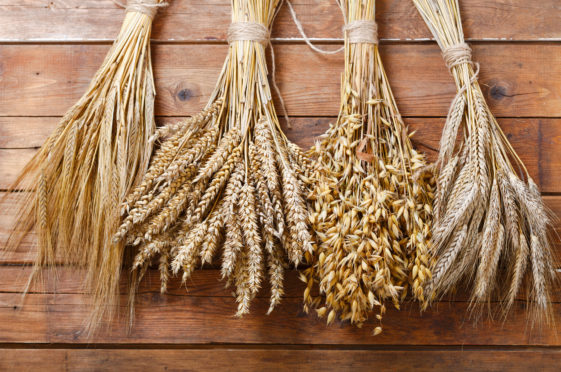Of all the cereals needed to make whisky, whether in Scotland or elsewhere, barley tops the list. The reason lies in one word: diastase, an enzyme plentiful in barley which spurs the crucial switch of starch to sugars, not just in barley but in other cereals as well.
Next on the list come wheat and maize, because of their hefty starch content that converts to more sugar and therefore more alcohol. Lying a low fourth on the list is rye, virtually shunned in European whisky production and neglected for decades in the country that spearheaded rye whiskies – the United States.
However, over the past decade and more, US production of rye whiskies, as recently as 2000 almost nil, has soared. What has led to this rye renaissance?
One answer is that Americans have re-discovered the past importance of rye whiskies and how their peppery bite helped to create many of the great cocktails of bygone times. One of them is the Mint Julep, immortalised in the line in St Louis Blues, “I love that man like a schoolboy loves his pie, Or a Kentucky colonel loves his mint ‘n’ rye.”
Some major bourbon and other US brands have launched rye variants, the most widely available this side of the pond being Bulleit Rye. But apparently the rye revolution is mainly led by small craft and boutique distilleries set up since 2005 which can quickly distil a few hundred gallons of rye in between distilling their standard spirit.
Remarkably, one seething centre of rye production is New York State – which was totally devoid of whisky distilleries for virtually 90 years after US-wide Prohibition was declared in 1920. Now a swathe of small craft distilleries distil rye, mainly using locally-grown grain, although a modest percentage (up to a quarter) rolls in from other east coast states.
Indeed, New York state distillers have named their whiskies “Empire Rye”, an ironic name considering New York state settlers helped to throw out the British Empire and its troops during the American War of Independence.
However, US rye whiskies have an impeccable origin: President George Washington distilled rye whisky at his Mount Vernon distillery back in the 1790s. With a pedigree like that, no wonder rye is making a comeback.










